
A home repainting project is by no means an easy task. From the outside looking in, it seems like all you need to do is open a can of paint, dip your brush and start applying it to the walls. This couldn’t be further from the truth. There are a lot of processes involved even before you get to opening the can. For instance, you need to prepare the room for painting; this means covering up the floors and moving all the furniture as well as any decorative pieces that risk being damaged by paint. You’re also supposed to choose the right paint solution from a range of different paint products and get the right tools as well. One brush simply isn’t enough.
At Creative Finishes, we fully understand the challenges faced when repainting your home, which is why we’ve offered a few tips and tricks that you can use to make your work a little easier. We can’t guarantee that these tips will make the whole process a walk in the park, but they will surely go a long way in making the experience much better and also help you get the best results. Here are a few tips and tricks for repainting your home without further ado.

This is arguably the most critical part of getting a paint job right. You need the walls to be clean and dry before applying a new coat of paint; otherwise, you might end up with flaking or peeling walls just a few months after repainting. The best way to prepare the walls is by washing off the surface using a scrub brush, warm water, and a nonabrasive all-purpose cleaner. If there is an overlying layer of paint, you can wash it off using sugar soap, and if that isn’t getting the job done right, a bit of scraping and sanding might be needed.

Interior painting can get very messy at times, so it is critical that you remove any furniture or appliances that could be ruined by spots of paint. If you can’t move them around, then ensure that they are well covered and protected from the paint. This includes wall hangings and any other home décor.

This is another essential part of ensuring a well-done painting job. Ideally, experts recommend two coats of paint, but this can vary depending on various factors. For instance, if you’re applying a darker shade over a light color, you might need more than two coats to cover all the light parts properly. Similarly, if you’re applying a light shade of paint over a dark-colored patch, you might struggle to hide the previous shade of paint with two coats. In such a scenario, multiple coats would be appropriate.

When exterior painting, make sure you cover up the ground and any vegetation that might get stained with spots of paint. This also includes outdoor furniture, hoses, grills, and pet houses, among others. Use drop cloths and weigh them down on the corners or securely wrap them around the items you are protecting.

To get the job done perfectly or close to perfection, you’ll need to have the right tools for the job. In these modern times, a simple paintbrush just wouldn’t do it. You need other tools to complement the brushes for a well-executed paint job. In fact, experts suggest that the easiest way to apply primer and paint to textured surfaces is by spraying with an airless sprayer and then using a roller to back-roll it by hand to ensure adhesion. If you don’t have any of these tools on standby, you can choose to purchase new ones or rent them from the closest home improvement store. Be sure to carefully read the instructions if you’re using these tools for the first time.

If you’re planning on taking on a home repainting project, make sure you check the weather forecast beforehand. The optimum conditions for painting are when it isn’t too hot, but also not during the windy and rainy days. Painting in hot weather can cause the paint to dry too quickly, which could distort the finish. On the other hand, windy and rainy conditions can absolutely ruin your paint as dampness can cause bubble surfaces and prevent paint from adhering to the surface.

Getting the technique right during painting could make the difference between a perfect finish and one that’s rough around the edges. Experts suggest that you stick to the proven techniques and keep the experimentation at a minimum. If you don’t know what technique to follow, there are a lot of guides and tutorials online that you can take advantage of. Painting from the top-down ensures fresh paint won’t drip on newly painted surfaces, while using masking tape ensures you get straight lines and that the paint doesn’t leave a residue on the trims.
Sunbury was founded in 1816, by Lawrence Myers, an early transportation magnate. He built an inn at the intersection of two major stagecoach routes (the Old Walhonding Trail and the Delaware Newark Pike) anticipating the money to be made from the increasingly large numbers of stagecoach travelers that were bound to travel through the area.
His investment started paying off In 1820, when the first stagecoach arrived in Sunbury from Mt. Vernon.
Famous Stagecoach Travelers
Famous stagecoach travelers who stopped in Sunbury included:
Sunbury has been steadily growing since, but with a real spurt starting with early 2000. Since the at time the population has increased over five-fold.
Population
Average annual household income
Median home value
Median age in 2022
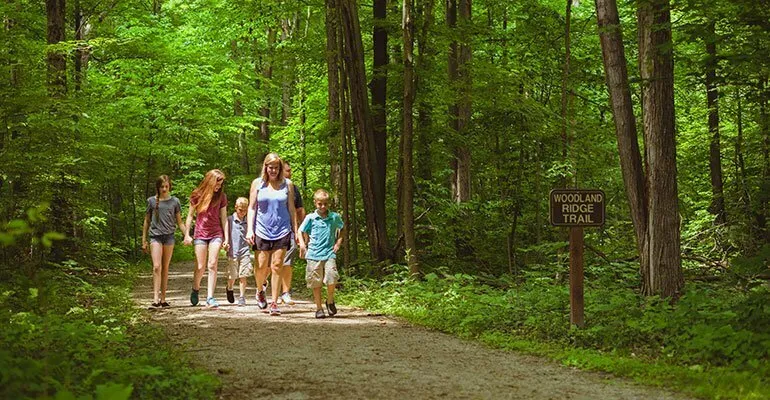
2656 Hogback Road, Sunbury, OH, 43074 (740) 524-8600

79 1/2 W Cherry St No Phone Number

1673 OH-605 Sunbury, OH 43074 (614) 499-2958

332 E Winter St, Delaware, OH 4301 (614) 649-1914
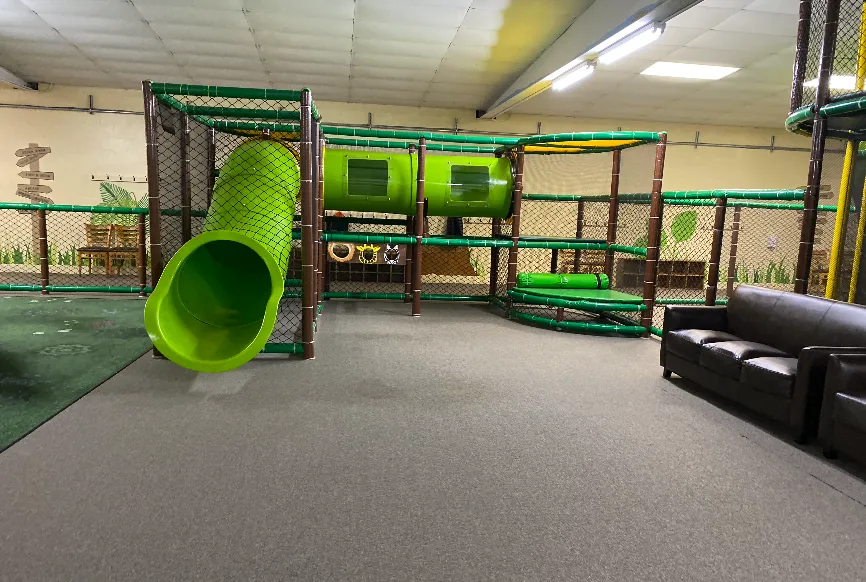
345 McGill St Sunbury, OH 43074 (740) 913-0692

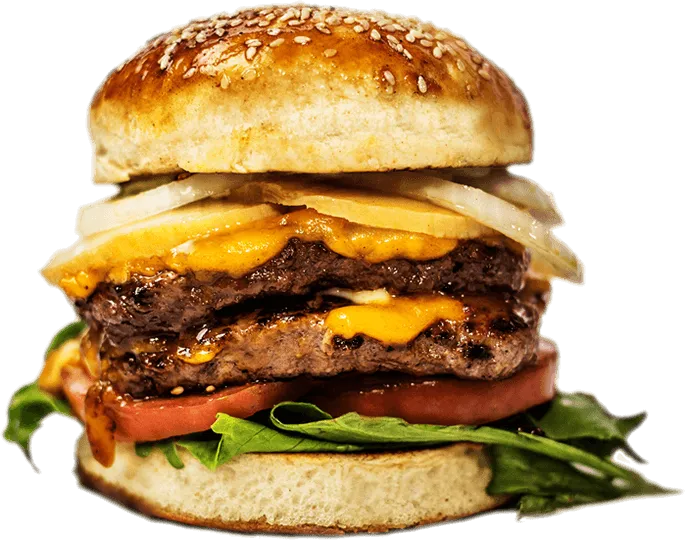

7 Cherry Street Sunbury OH 43074
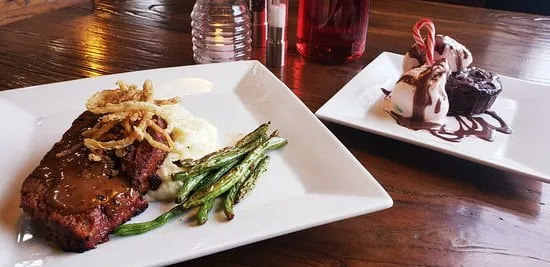
45 E Granville St, Sunbury, OH 43074
(740) 913-1039

38 E. Cherry St.
Sunbury OH 43074
(740) 965-2900
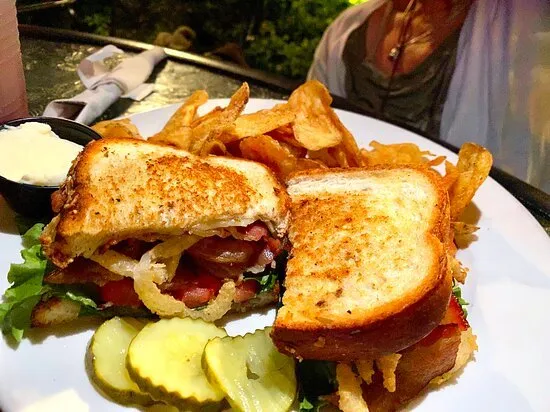
38 S Vernon St
Sunbury OH 43074
(740) 965-2207

571 W Cherry St
Sunbury OH 43074
(740) 965-2000